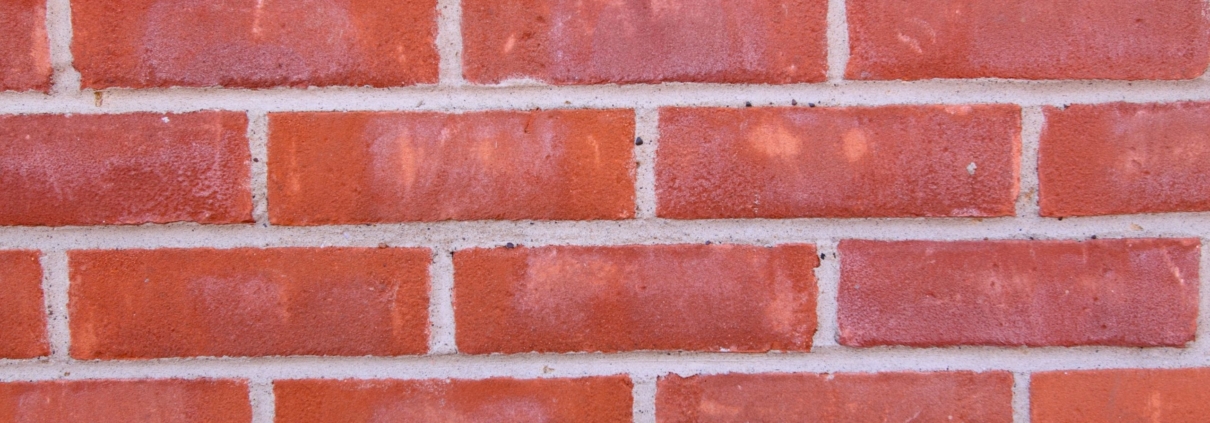5 Clear Signs That You Should Replace Your Brickwork
You may be unaware of when you should be repointing or replacing brickwork. When masonry is deteriorating, it indicates the possibility of more serious issues. But at the get-go, you must know that not every masonry is as strong as it appears. In some cases, it could be prone to failure if they’re not properly cared for. With the help of brick repair services and professional advice, you can assess accurately. Here are some signs that brickwork should be replaced:
The Rusty Brick
Damaged brickwork may allow additional moisture into your home or risk the wall’s structural soundness. Sometimes, masonry adapts to damage organically over time, especially if it contains lime mortar. Due to this, broken bricks may require removal and replacement.
The Incorrect Pointing
Perhaps the masonry was pointed in such a way that it inadvertently damaged the wall. This is possible if modern cement mortar is utilised instead of traditional lime mortar. Modern mortars may be able to hold moisture and keep it from evaporating through joints, but this would force moisture into the brick faces, where it may freeze and destroy the bricks.
The Efflorescence
Efflorescence refers to white deposits that form on brickwork as a result of rising salt-containing water. The good news is that efflorescence almost never causes structural damage to brickwork. However, if the way the bricks are manufactured contributes to efflorescence, replacing them may be the best option.
The Filthy or Burnt Surface
Cleaning brickwork must be done correctly. Otherwise, you run the risk of damaging the masonry. For one, aggressive chemical cleaning would be required to remove the burnt surface of the brick, but it may leave stains. The use of water causes efflorescence. If you’re new to this process, begin with a small area when deciding on a larger one.
The Dampness
When water moves from a high location, such as your roof and into your home, in your home to a low position can also cause penetrating dampness. Dampness may become more noticeable as your wood flooring is deteriorating or your plaster is cracking.
Questions To Ask Yourself:
- Is it possible to turn the brick around?
If the brick’s outside has worn away, remove it and reinstall it in the wall to reveal the brick’s reverse. This is a fantastic method for preserving old structures since it keeps the bricks uniform and adds beauty.
- Is the Structure Built in a Sustainable Way?
If the entire structure is unstable, whether leaning, bowing, or otherwise, the entire wall may need to be replaced.
- How Much Damage Is There?
Understanding what is causing the damage to your bricks may help you decide whether to repair or replace the structure. The critical step is to address the root cause to avoid recurring problems.
Conclusion
When you look out for the warning signs, the better your chances of detecting and preventing problems. Water damage, crumbling mortar, and mortar fractures are all classic indicators of a problem. And, of course, the goal is to repair the mortar before it causes damage to the brickwork. So be attentive to the details. This will help you in the long run!
Are you looking for masonry services in Toronto? Red Robin Masonry has a track record of being the best in the field. We offer first-class tools, industry expertise, and well-trained professionals. Don’t hesitate to call us and get your free estimate today!




Leave a Reply
Want to join the discussion?Feel free to contribute!